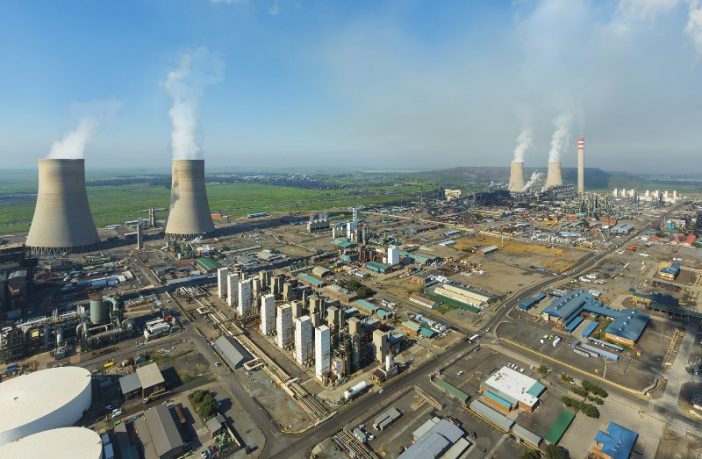- RMI’s new report Emissions Out the Gate: State of the Refining and Petrochemical Industries provides an overview of the US and global refining and petrochemical industries, their current emissions and forecasted growth, and projected emissions out to 2050. Emissions Out the Gate was developed through our partnership with Bloomberg.
In the United States alone, the refining and petrochemical industries emit as much climate-warming pollution every year as 100 coal-fired power plants. Despite the industries’ significant climate impacts, data on their emissions is woefully inadequate. Until recently, refining and petrochemical estimates relied almost exclusively on companies’ self-reported data.
Related news: South Africa’s petrochemicals giant, Sasol, pumps out more carbon emissions each year than Portugal
This report is a big step forward in providing an independent methodology for modeling emissions. Emissions numbers from companies can now be checked against these estimates, and the global coverage of the emissions estimates provides insight into regions that may not report regularly.
Related news: the emissions from Sasol’s Secunda plant exceed the individual totals of more than 100 countries
Key Findings
Global refining emissions are estimated at 1.4 billion tons of carbon dioxide equivalent (CO2e) in 2019, and the United States emitted an estimated 257 million tons—about 18% of global annual refining emissions.
Petrochemical industry CO2e emissions are estimated at 1.6 billion tons worldwide in 2019, while the US petrochemical industry emitted an estimated 172 million tons—10% of global annual petrochemical emissions.
Total emissions from refining and petrochemicals make up a significant source of both US and global emissions at 6.6% and 5.9%, respectively, of total emissions.
The vast majority (more than 90%) of emissions from refinery operations are carbon dioxide emissions, and projected total CO2e emissions range from 675 million to 1.2 billion tons in 2050. Refineries also emit other air pollutants, including a projected 44.3 million to 75.7 million tons of methane (CH4), 0.4 million to 0.7 million tons of sulfur oxides (SOx), and 0.07 million to 0.12 million tons of particulate matter (PM) in 2050.
Petrochemical emissions are estimated to range from 1.1 billion to 2.1 billion tons in 2050, primarily from carbon dioxide. SOx, PM, and volatile organic compounds (VOCs) are emitted in much higher volumes in petrochemical production than in refining.
Link to the full report HERE
Author: Bryan Groenendaal















